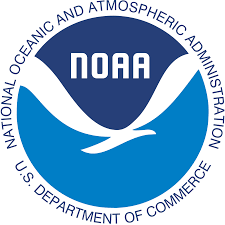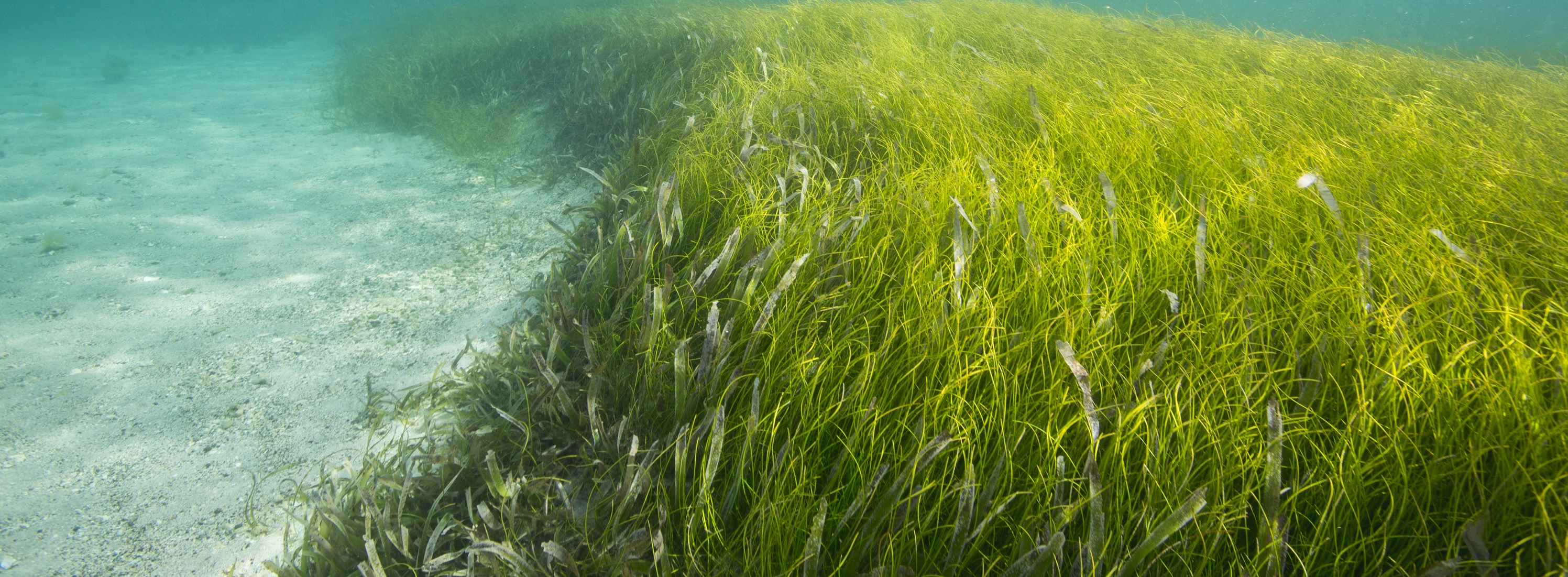Salt marshes, seagrasses, and oyster reefs are important coastal habitats that support high densities of fish and invertebrates. Measuring the number and type of fish and invertebrates produced there allows us to place a value on an area of these nursery habitats.
Click on the icons to access calculators that will estimate the additional fish and invertebrate production that these nursery habitats provide.
OVERVIEW
The number of fish and invertebrates that are born and survive each year depends a lot on coastal habitat. Resource managers and decision makers have few ways of estimating which species, and how many are impacted by losses in habitat, or conversely, gains through habitat restoration. This project is seeking to change that by conducting research that helps determine how many juvenile fish or invertebrates are produced within salt marsh, seagrass, and oyster reef habitat across different eco-regions of the United States.
This research lead by The Nature Conservancy, The University of Edinburgh, Northeastern University and several federal, state and academic partners, can be accessed through these peer-reviewed publications:
- Zu Ermgassen et al. 2016. Quantifying fish and mobile invertebrate production from a threatened nursery habitat. Journal of Applied Ecology. https://doi.org/1111/1365-2664.12576
- Zu Ermgassen et al. 2021. Estimating and Applying Fish and Invertebrate Density and Production Enhancement from Seagrass, Salt Marsh Edge, and Oyster Reef Nursery Habitats in the Gulf of Mexico. Estuaries and Coasts. https://doi.org/10.1007/s12237-021-00935-0
Case Study
To illustrate how this research can be applied, the authors conducted a comparative case study between two important bay systems in the Gulf of Mexico: Galveston Bay, Texas, and Pensacola Bay, Florida. Using this approach illustrates the important role that habitat extent and the local suite of species have in determining the degree of production enhancement. While the total production enhancement within a bay is largely dictated by the extent of each of the structured habitats, the average production enhancement per unit area from any given habitat also varies between locations depending on which species are present.
Individual bay estimates for each habitat can vary substantially from those based on all species known to be enhanced in the Gulf of Mexico. For example, although oyster reefs in Pensacola Bay and Galveston Bay contribute approximately similar amounts of production enhancement per unit area, the proportion of that production from commercial crab species (stone crab and blue crab) in Pensacola Bay is 67%, compared to just 12% in Galveston Bay, where stone crab are rare.

Other Documents
- DeAngelis at al. 2016. Developing the Next Suite of Tools for Setting Quantifiable Objectives for Habitat Management: Advancing our capabilities to estimate ecosystem service values for salt marsh and seagrass habitat. Report. The Nature Conservancy.
- Frequently Asked Questions document about the Saltmarsh/Seagrass Calculator
- Fact sheet about the science behind both tools
- GIS data currently showing on the saltmarsh/seagrass tool:
Saltmarsh data
Seagrass data - Simplified Metadata file
Photo Credits: Banner: ©Jerod Foster; Tiles (top to bottom): ©Tim Calver; © Clay Bolt





